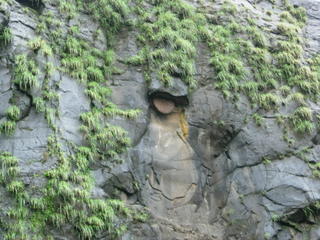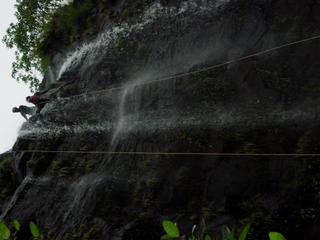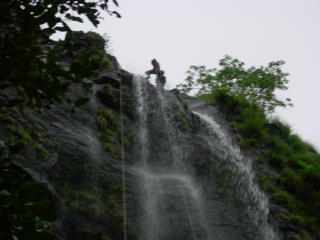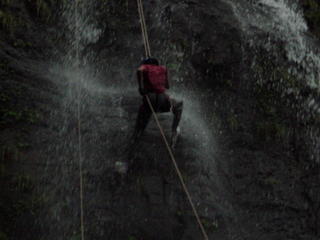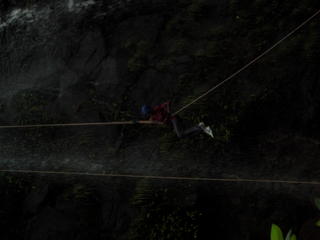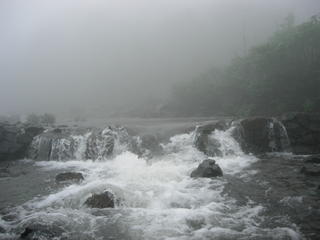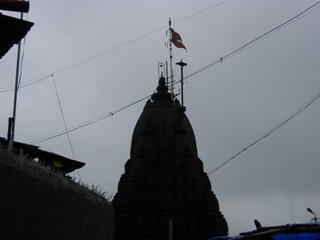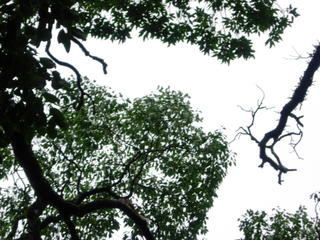Down the road, a gurgling stream protected bedind the fence.

A scenic view of the Mulshi dam.
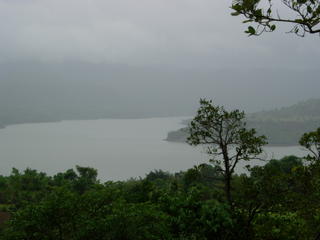
We went into the forest on a small trail. This is the view of the Mulshi dam from up there.
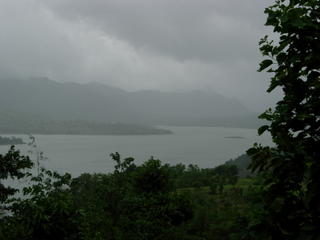
The view of the meadows on the trail.

Observing the nature on the trail.
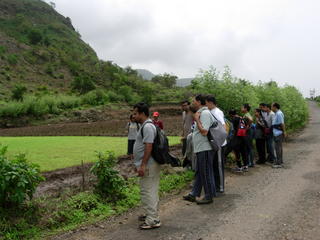
After a short trail through the forest we took this road beside the Mulshi dam.

On the trail we saw this particular plant used in ayurvedic treatments. When the juice of these leaves were applied on the gums, they go numb. Hence facilitates in tooth extraction without pain.

Fish tail Palm that we saw, called so because the leaves of the palm appear to be like the tail of a fish. The flowers of this tree looked like a hanging chandelier. Jyanthi explained that when this flower was completely bloom, there would be a narrow hole in the center, and often Bats roost in the central pith of this flower. And during the nights one could notice them flying out of the center of the flower in search of food.
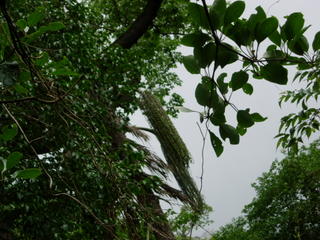
We spotted this Beehive on the Way to the waterfall.
